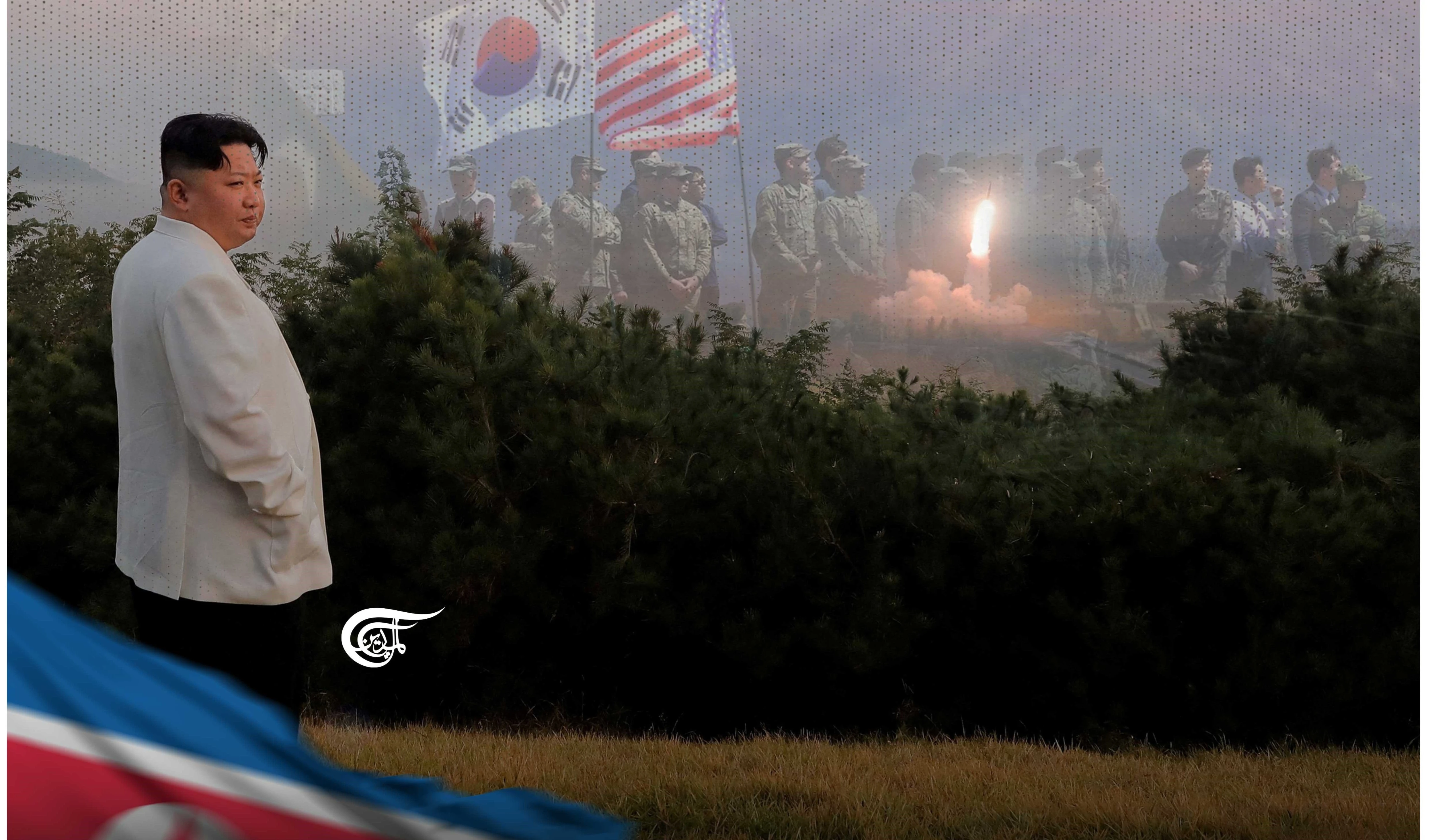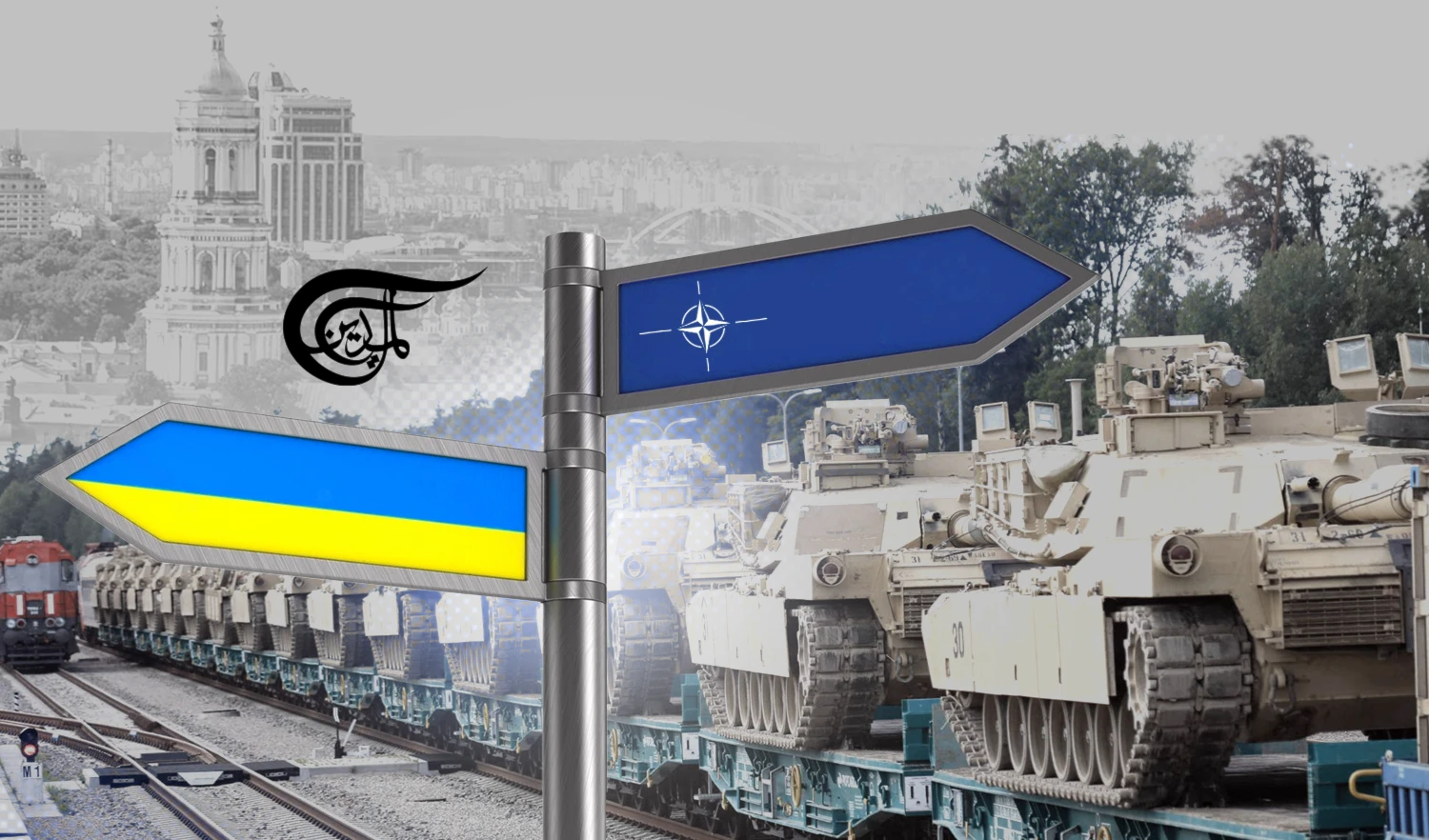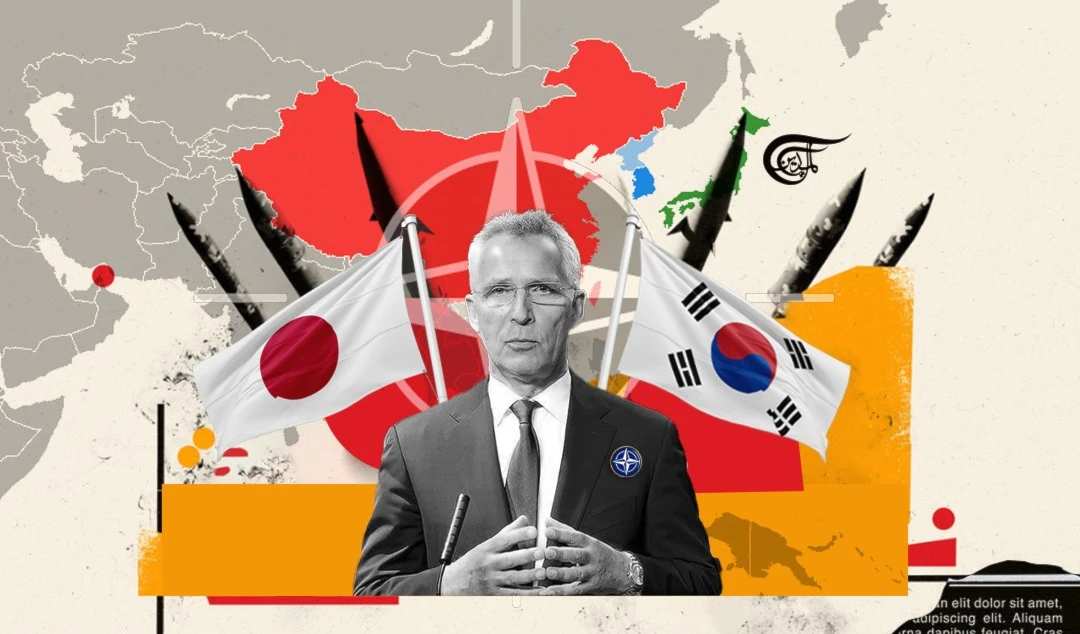Panmunjom Incident
In 1975, the 30th Session of the UN General Assembly passed a draft resolution on putting an end to the US occupation of south Korea and dissolving the UN Command.
-

The US soldiers, making a preposterous excuse that the tree was impeding their view, tried to take down the tree in the joint security area without prior notice to the DPRK
In mid-1970s The Hedgehog Defeats the Tiger, a cartoon of the Democratic People’s Republic of Korea, was shown at a cinema in a foreign country.
When the film was yet to end, Americans who were watching it hung down their heads and went out of the cinema. It was just after the Panmunjom Incident, one of the series of acute confrontation between the DPRK and the US, and the Americans must have felt that the tiger in the film was their country.
Course of the Incident
On August 18, 1976, there were strange moves by US officers and men at Panmunjom situated on the Military Demarcation Line dividing the Korean peninsula into north and south. At about 10:40 a.m. taking axes, they approached towards a poplar tree, which had been under the care of the soldiers of the Korean People’s Army.
The US soldiers, making a preposterous excuse that the tree was impeding their view, tried to take down the tree in the joint security area without prior notice to the DPRK.
The guards of the KPA warned them to stop the illegal action as there had been no agreement between the two sides. And its duty officer of the joint security area made a protest through telephone.
However, the US soldiers would not give up.
Actually the incident had been proposed by Ford, the then President of the US. He had given the relevant order to Lieutenant General James, the then commander of the 1st Corps of the 8th Army, who was repeating the President’s words that no matter how many, raccoon dogs cannot match a fierce wolf, enlisted well-trained soldiers to the “operation”.
For a better understanding of this incident, it is necessary to study the then prevailing situation.
In 1975, the 30th Session of the UN General Assembly passed a draft resolution on putting an end to the US occupation of south Korea and dissolving the UN Command. With the 5th Summit Conference of the Non-Aligned Countries held in August 1976 as a momentum, voices demanding withdrawal of the US forces in south Korea and the reunification of Korea rang out more loudly in the international arena.
Alarmed at this, the US plotted to justify its occupation of south Korea by diverting public attention to the “threat of southward invasion from the north” in the lead-up to the 31st Session of the UN General Assembly.
Felling the poplar was a prelude to the GIs’ premeditated act of hostility.
When the guards of the KPA tried to prevent their illegal act, the US soldiers pounced upon them, wielding axes.
The KPA guards were compelled to take self-defensive action.
At that time, they were outnumbered by 4:14, and the US soldiers were well-trained and possessed axes and clubs.
However, in the scuffle, two US officers were killed on the spot.
After the incident, there was a rumor among the US soldiers in south Korea that the KPA soldiers are strong enough to knock down with empty hand their opponents armed with deadly weapons at a stroke, and this aroused among them a greater feeling of terror of the KPA.
Lessons from the Incident
As if playing out a premeditated scenario, the US held emergency meetings soon after the incident broke out, and cried for “military action” and “retaliatory measures”. The situation on the Korean peninsula plunged into a highly volatile state.
President Ford, who had served the army and had been asserting power policy, dispatched a task fleet formed with aircraft carrier Midway and other ships including cruisers and frigates, and moved some 1,000 marines to south Korea. F-4 and F-111 fighter-bombers and B-52 strategic bombers stood by to sally forth. The US government sent an ultimatum-style notice to the DPRK government, and the US forces in south Korea, ordered to get ready for an emergency, took combat positions; an emergency martial law was proclaimed for them. In the meantime, it demanded that the DPRK makes an “apology” and “compensation” and punishes the soldiers involved in the incident.
The leadership of the DPRK answered this demand with an order to its entire army to maintain full combat readiness. Many young people including students volunteered to join or rejoin the army. The entire army and all the people made preparations for a do-or-die battle.
Eventually, the United States knelt down, and accepted the DPRK’s proposal for refraining from entering the joint security area at Panmunjom with deadly weapons such as axes and for dealing with the issues arising there through agreement between the two sides.
Ford failed in his attempt to win popularity a few months before the presidential election, and he lost the election.
There is a saying that one who forgets his past will get the penalty of revisiting it later.
Now, the US, instead of drawing a lesson from the Panmunjom incident, is clinging to constant military provocations against the DPRK, resorting to nuclear blackmail and to the attempts to isolate and stifle it.
However, it would be suicidal for the US to provoke the DPRK, now a nuclear-armed state, as the former suffered a defeat and was exposed to international ridicule by the latter more than 40 years before when the latter had not possessed nuclear weapons.
The DPRK has made public that it would wipe the US, the mastermind of aggression and war, out of the earth if a war breaks out.
The Korean cartoon depicts that a tiger, who had been bullying other animals by relying on its strength, is taught a lesson by a hedgehog and grows insane before falling on a cliff. The US is following suit

 Kim Hoon
Kim Hoon
 6 Min Read
6 Min Read











